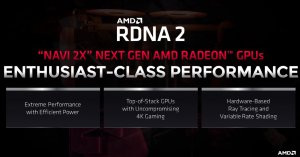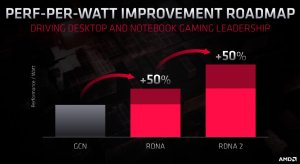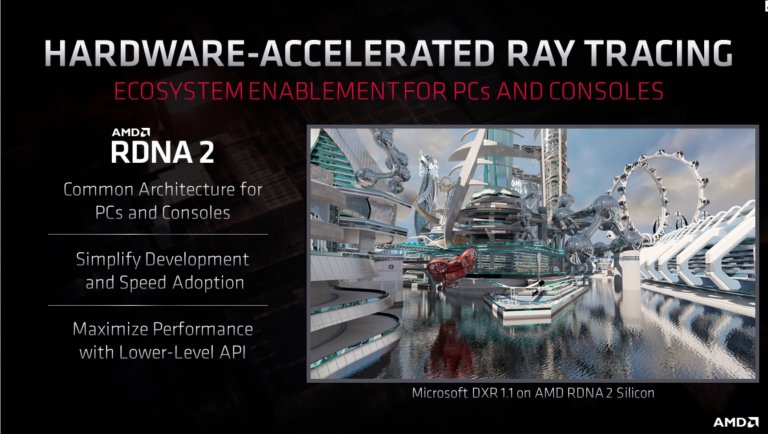If big Navi is RDNA 2 (with RT, VRS and nice perf/watt improvements), then they wait may be longer than expected:
https://videocardz.com/newz/amd-promises-rdna-2-navi-2x-late-2020-confirms-rdna-3-navi-3x
"The Navi 2X architecture is expected ‘at the end of 2020’, while Navi 3X somewhere in 2021."


https://videocardz.com/newz/amd-promises-rdna-2-navi-2x-late-2020-confirms-rdna-3-navi-3x
"The Navi 2X architecture is expected ‘at the end of 2020’, while Navi 3X somewhere in 2021."


![[H]ard|Forum](/styles/hardforum/xenforo/logo_dark.png)
